By Paul Bucci
Triumph Travel
While Tofino is the epicentre for surfing on Vancouver Island, in October, one of the most popular places to be is Sombrio Beach.
Featuring giant rocks and pounding surf with massive kelp forests, Sombrio is an excellent stop when exploring Southern Vancouver Island.
Located about 100 kilometres from Victoria, Sombrio is now hugely accessible with ample parking and an easy trail — a far cry from a wild path that I stumbled upon 40 years ago (more about that later.)
It’s a rugged beach, to be sure, and hazards include rocks and reefs, but it’s considered safe enough for beginners in some conditions, and in ideal conditions the surf can be super attractive to experts as well.
We went to Sombrio in early October, with ample winds and ideal tides making for excellent surfing.
It was a classic west coast day: wet, misty and loud, with powerful waves hitting the beach and then dragging pebbles back into the ocean, clattering like marbles as grey foamy waves relentlessly heaved them back and forth.
For me, it was like a trip through time, since I hadn’t ventured to Sombrio in nearly four decades.
Back in the ’80s there were few surfers here, but there was a village of people living in driftwood shacks, gloriously isolated on some of the most rugged coastline in British Columbia.
Families raised their children, eccentrics lived on the beach, and there was even a good side and bad side of town, divided by the brown, brooding Sombrio River.
It was the kind of place where someone might invite you into their beach hut for tea, and let you warm up next to a 45-gallon drum stove, or, in one case, stop you to discuss the work of Carl Jung, a Swiss psychiatrist and psychoanalyst who founded analytical psychology.
Those squatters weren’t the first to live here, of course. Long before it was named Rio Sombrio (shaded river) by a Spanish explorer, it was known as Qwa:qlis, with eight First Nations longhouses built here.
Now largely concentrated at nearby Port Renfrew, the Pacheedaht, or People of the Sea Foam, lived here part-time for centuries, attracted by salmon in the river, abundant fishing and seafood, and nearby whaling and sealing. It is, as an interpretive sign explains, “a place of great spiritual power and beauty.”
The village of squatters was disbanded after Sombrio was made a park in 1994. It’s now part of the Juan de Fuca Marine Trail, a hike that runs from China Beach, 35 km west of Sooke, to the spectacular Botanical Beach, just outside Port Renfrew.
But in some ways, Sombrio is still a village. Each year, about 55,000 people visit the beach, many to surf.
And although there are some tenting platforms, many set up camp on the beach, living cheek by jowl as they shrug in and out of wetsuits and wade out into the ocean, attracted by all the sea has to offer.
***
Paul Bucci is a Victoria-based journalist and editor with Triumph Social Media Marketing.

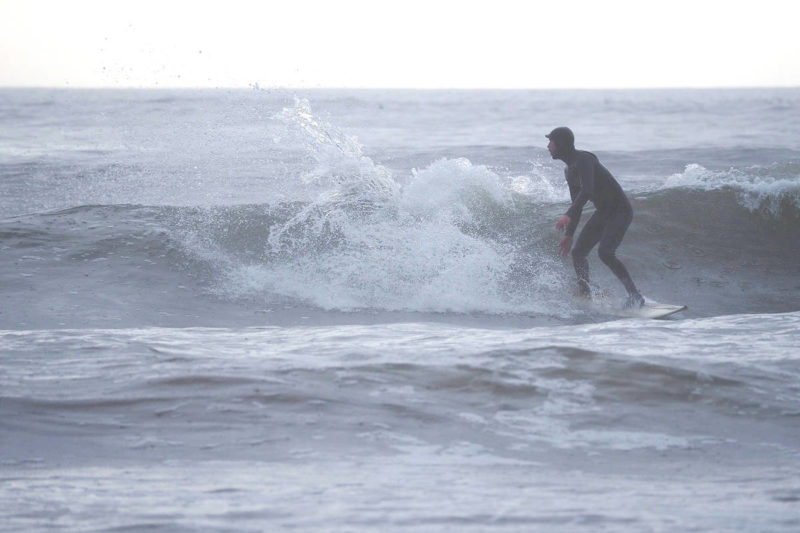
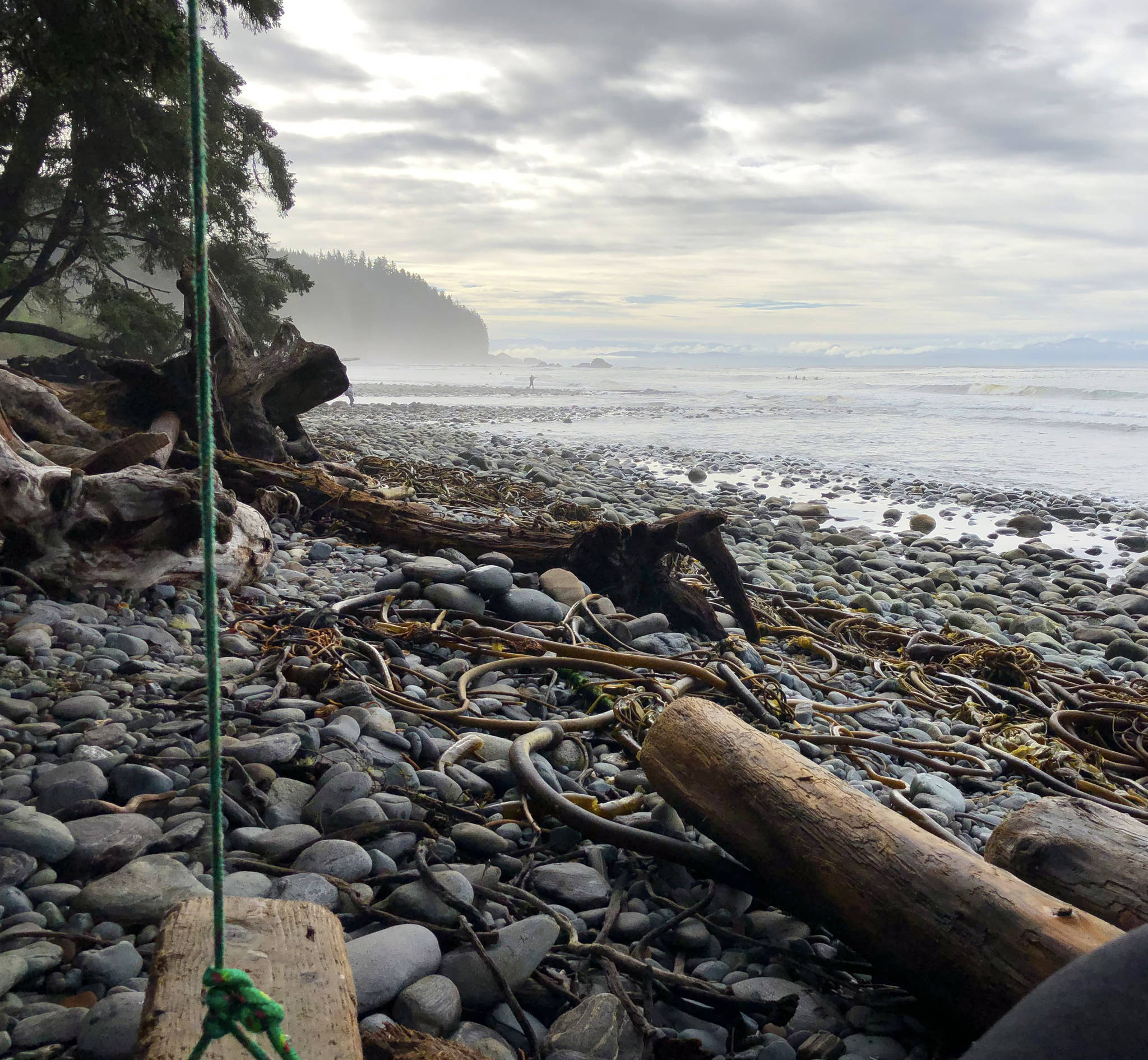
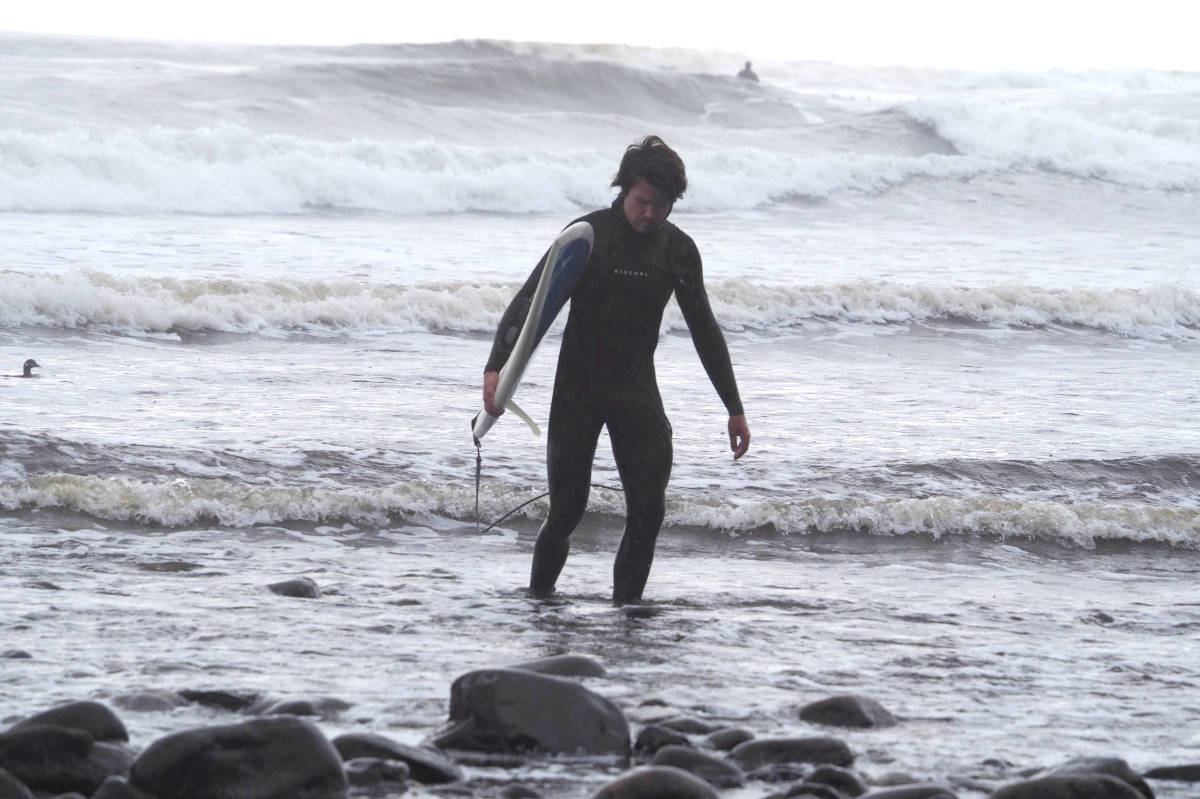
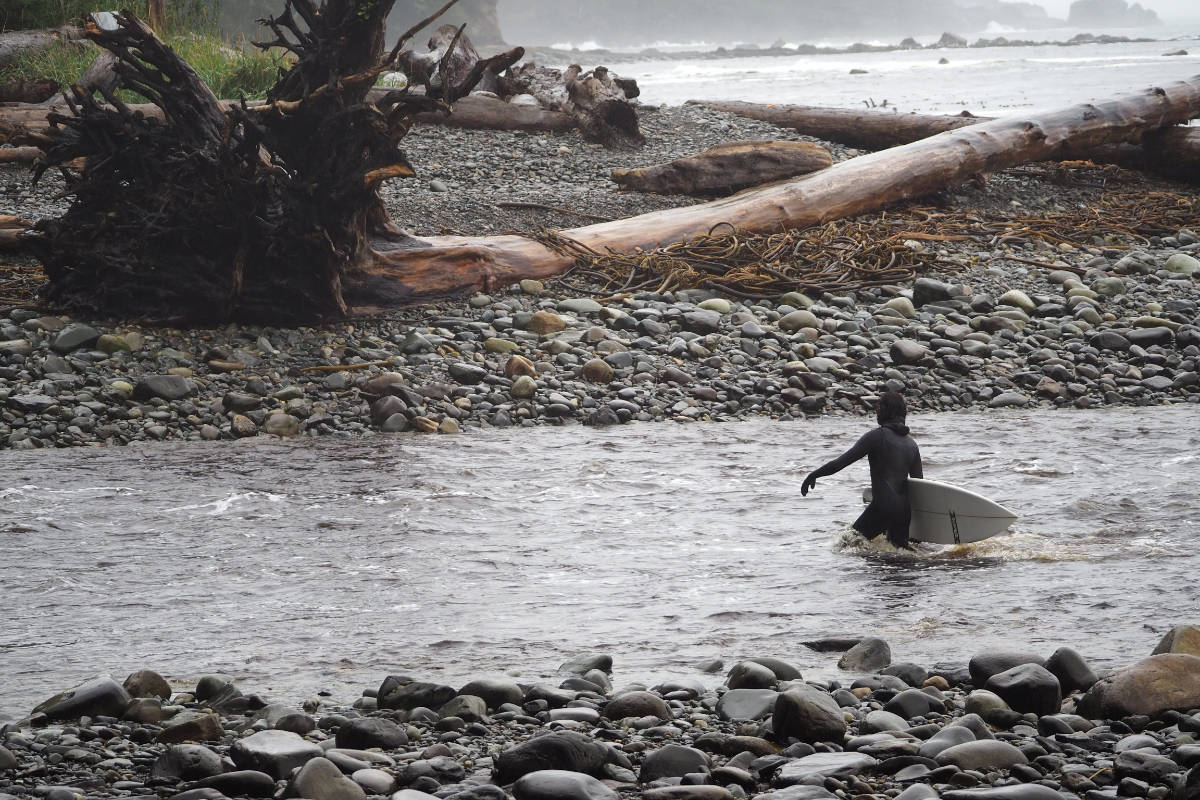
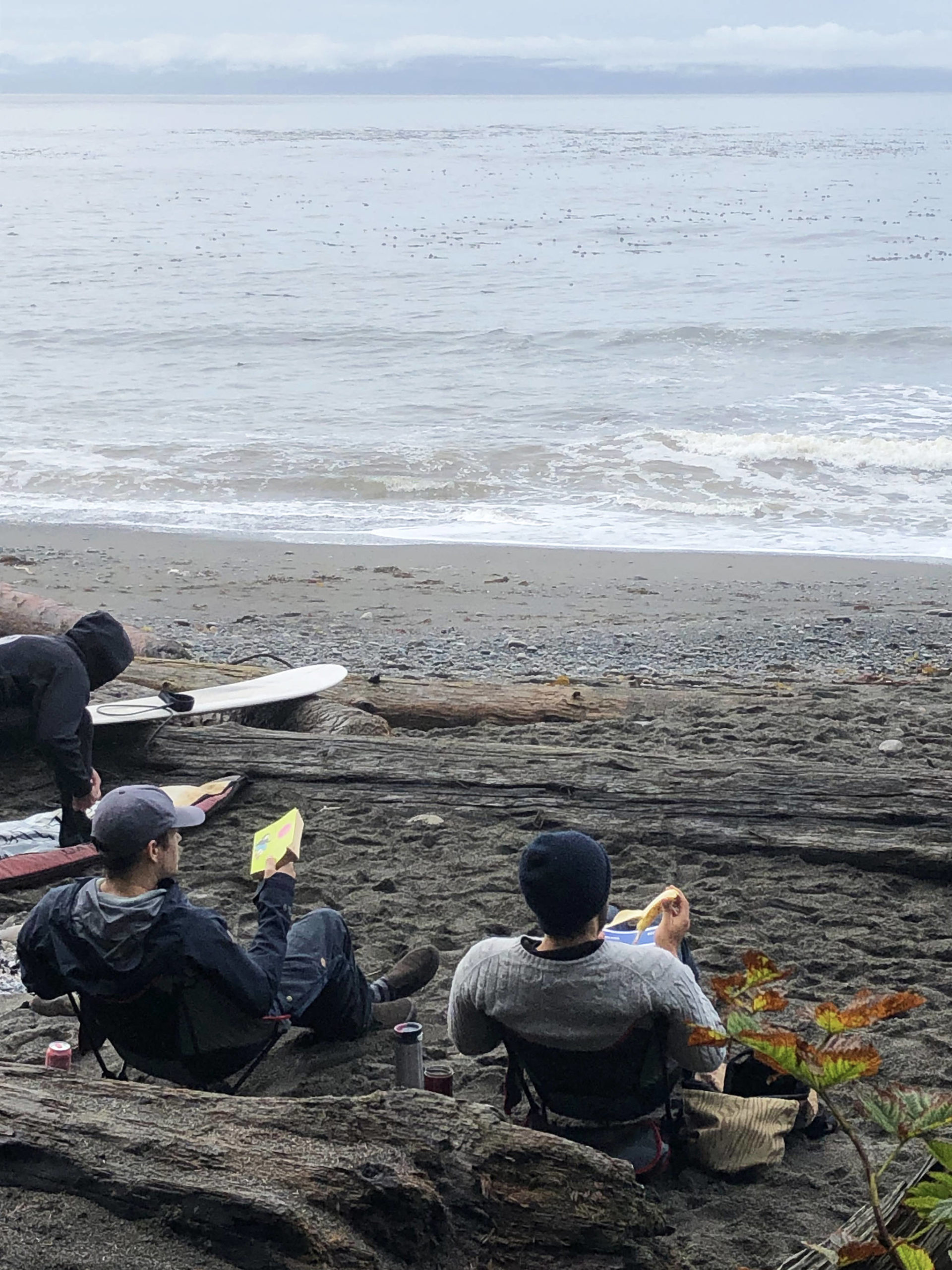









 Setting sail for a West Coast ocean adventure
Setting sail for a West Coast ocean adventure